Each of us uses electricity every day, but few people think about the condition of their electrical installation. Meanwhile, overloads are no joke - they can not only damage our equipment, but in the worst case, even lead to fire. In this article, we will take a closer look at what causes overloads, how to prevent them, and what safeguards are worth using. Regardless of whether you are a professional in the industry or you simply care about your home, this knowledge will be useful to you to ensure the safety of your installation.
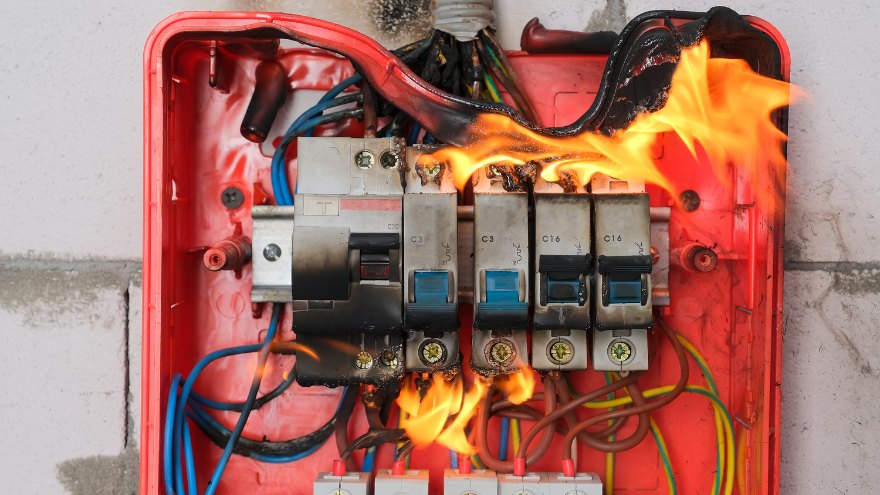
Check surge arresters at the Onninen wholesaler
When does an electrical installation become overloaded?
Overloading an electrical installation is not an invention of electricians, but a real threat. It occurs when too much current flows through the wires. Most often, it happens when we connect too many devices to one circuit.
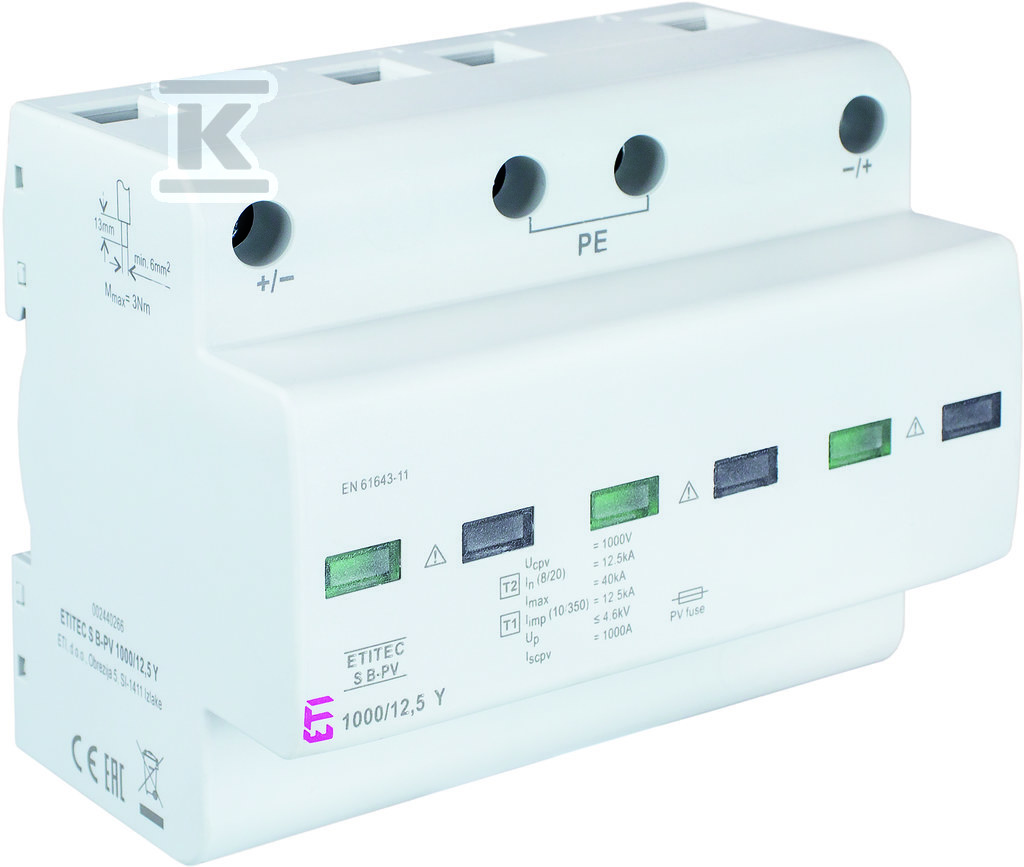 Think about your kitchen - fridge, microwave, toaster, electric kettle, and maybe some other additional device? Each of them draws electricity, and the electrical installation has its limits. When we exceed them, problems begin.
Think about your kitchen - fridge, microwave, toaster, electric kettle, and maybe some other additional device? Each of them draws electricity, and the electrical installation has its limits. When we exceed them, problems begin.
The cables themselves may also be to blame. Old, worn-out cables or loose contacts are asking for trouble. Over time, the insulation wears out, the cables heat up, and voilà - we have an overload.
Let's not forget about seasonal changes. In winter, we turn on heaters and in summer, air conditioners - all of this puts a heavy load on the network. This is when the risk of overload is greatest.
How to properly protect electrical installations against overloads?
Protecting your electrical system from overloads requires some knowledge and attention. Here are some proven methods:
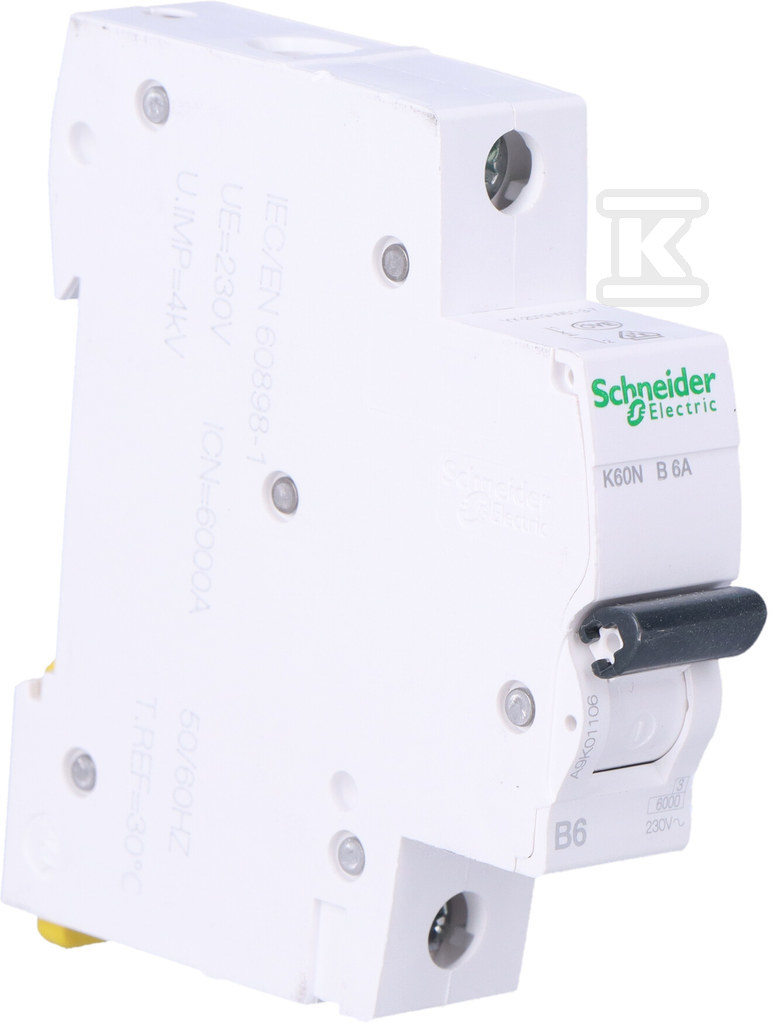 First, it is worth investing in decent protection. Modular equipment may sound complicated, but it is simply a set of devices that protect our installation. Circuit breakers are such guards that cut off the current when there is too much of it. Differential-current circuit breakers go a step further - they also protect against electric shock.
First, it is worth investing in decent protection. Modular equipment may sound complicated, but it is simply a set of devices that protect our installation. Circuit breakers are such guards that cut off the current when there is too much of it. Differential-current circuit breakers go a step further - they also protect against electric shock.
Regular inspections are another important thing. A specialist will check the condition of the cables, connections and safety devices. This may seem like an unnecessary expense, but believe me - it will be cheaper to pay for an inspection than for a repair after a fire.
It is also worth planning the load wisely. Do not plug all energy-hungry devices into one socket. Separate them into different circuits, and the installation will be easier.
What are the consequences of overloading an electrical installation?
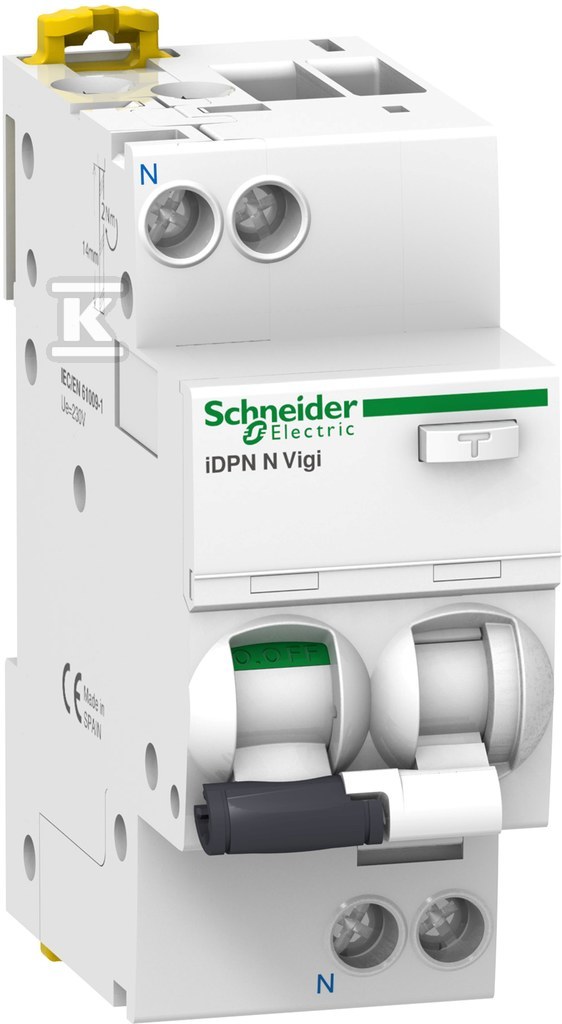 The effects of overloading an electrical installation can be very serious. Let's start with the fact that the insulation of the wires can be destroyed . It's like removing the protective jacket from a cable - it suddenly becomes susceptible to damage and can short circuit.
The effects of overloading an electrical installation can be very serious. Let's start with the fact that the insulation of the wires can be destroyed . It's like removing the protective jacket from a cable - it suddenly becomes susceptible to damage and can short circuit.
Overloads do not spare our devices either. TV, computer or refrigerator - all can fall victim to voltage surges. And replacing equipment is not only a hassle, but also a big expense.
In the worst case scenario, a fire could break out. Overheated wires are like a match in a haystack - all it takes is a spark to start an all-out fire.
But even if such a tragedy doesn't happen, constantly blowing fuses is no fun either. Darkness in the house, restarting the computer in the middle of important work - sound familiar?
Check surge arresters at the Onninen wholesaler
Protection against overloads in the electrical installation at the Onninen wholesaler
At Onninen you will find a lot of equipment to combat G-forces. Here are three products worth considering:
- Surge arrester for ETI PV systems TEC S B-PV 1000/12.5 Y
- Circuit breaker Schneider Electric K60N-B6-1 B 6A 1-pole A9K01106
- Schneider Electric iDPNNVigi-C16-30-AC 16A 1N-pole 30 mA type A differential circuit breaker A9D32616
Each of these devices has its strengths and will work well in different situations.
In summary, taking care of the electrical installation is not a whim, but a necessity. The use of good protection, regular inspections and reasonable use of devices are the basis. It is worth remembering that spending on Electrical equipment is not a cost, but an investment in safety.
Because is there anything more important than a good night's sleep, without worrying about being woken up by the smell of smoke? Let's take care of our installations, and they will reward us with reliable operation for many years.
The most common causes of overload and how to prevent them
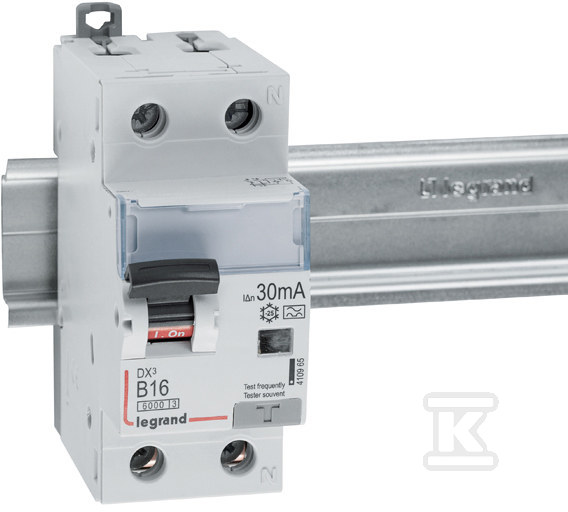 The causes of overloads in electrical installations are diverse, but often result from improper use or neglect. One of the main problems is excessive load on individual sockets or circuits . Many users do not realize that connecting too many devices to one point can lead to overloading the installation .
The causes of overloads in electrical installations are diverse, but often result from improper use or neglect. One of the main problems is excessive load on individual sockets or circuits . Many users do not realize that connecting too many devices to one point can lead to overloading the installation .
Another common cause is a short circuit in the electrical system . This can occur due to damage to the insulation of wires or cables , which leads to direct contact between live wires. In such cases, there is a sudden increase in current, which can cause sparks and potentially lead to a fire.
It is also worth paying attention to the condition of transformers in the electrical network. Overloaded or damaged transformers may not be able to regulate voltage properly, which translates into instability of the entire network.
To prevent these problems, there are a few important rules to follow:
- Even distribution of energy receivers across different circuits.
- Regularly inspect the installation, paying particular attention to the condition of the insulation and connections at the joints .
- Use of appropriate safety devices such as fuses and circuit breakers that automatically interrupt the circuit if an overload is detected .
- Avoiding makeshift solutions, such as extension cords with multiple outlets, which can lead to overloading a single circuit.
Safety in the context of electrical installations is not only a matter of compliance with regulations, but above all, conscious use of electricity. It is worth remembering that overloading the installation can have serious consequences , both for our property and health.
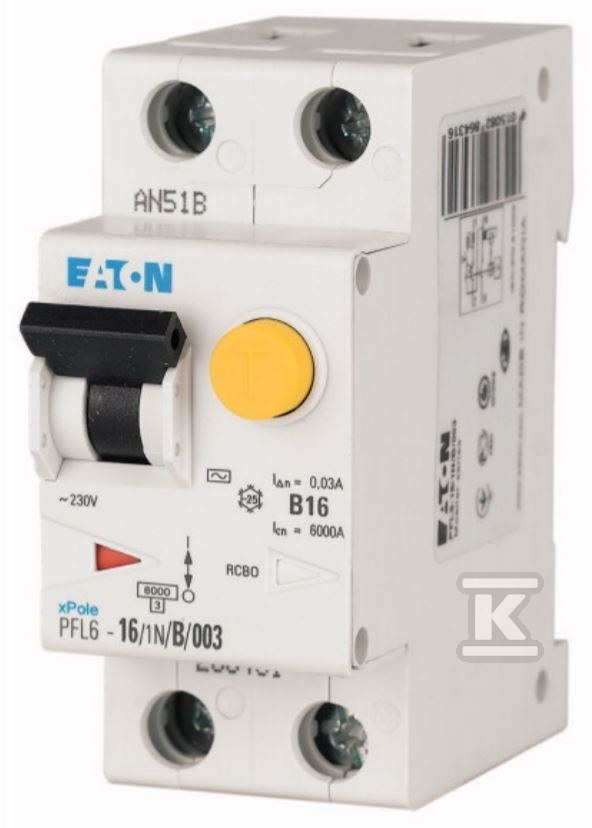 Regular inspections allow you to detect potential problems early, such as cable wear or loose connections at the joints . This is an investment that can prevent serious failures in the future and significantly increase the safety of household members or employees.
Regular inspections allow you to detect potential problems early, such as cable wear or loose connections at the joints . This is an investment that can prevent serious failures in the future and significantly increase the safety of household members or employees.
Remember that an electrical installation is a system of interconnected vessels. Problems in one place can affect the functioning of the whole. That is why a holistic approach to electrical safety and the use of appropriate safeguards at every stage are so important - from the design of the installation, through its implementation, to everyday use.
In summary, awareness of the causes of overloads and adherence to the principles of safe use of electricity are key to maintaining an efficient and safe installation. Remember that prevention is better than cure - especially when it comes to such an important element of our environment as the electrical installation.